It’s something nearly unavoidable, hurting the one you love. It’s a song refrain, but it’s one of the most disturbing paradoxes of any connection. Hurtful relationship patterns develop and left unchecked; they become deeply embedded — putting your bond at risk.
The vast majority of my couples have one or two relationship patterns that span multiple “content areas” like sex, money, in-laws, parenting, etc. These patterns are major factors in their lives yet can feel invisible.
My work with such couples involves uncovering and addressing the underlying emotional processes that are hijacking their relationship.
Recognizing Harmful Relationship Patterns
Here’s an easy way to see if you have harmful relationship patterns: Do you — at any time — roll your eyes at your partner during one of your difficult conversations? If so, you may be expressing either criticism or contempt.
These motivations create two of the four harmful dynamics that marriage researcher John Gottman cites as major risk factors for breakups (the other two are defensiveness and stonewalling).
For the record, it’s not just eye-rolling, far from it. Several other forms of body language can also indicate contempt or criticism. Think about vocal gestures like sighs or subtle hand movements that can display the same kind of disdain.
Imagine How They Feel
Do you ever wonder what your partner feels when they see you roll your eyes, let out a loud sigh, or perform one of those dismissive hand gestures? Often, the passive-aggressive responses your partner chooses can, in turn, trigger an emotion in you. If you don’t divert your behavior to something more productive, what you say or do in response to their provocation can trigger a difficult emotion in them.
This back to the last time you displayed a disdainful response. Did your partner respond with defensiveness or attack you back with something of their own? Either way, once that back-and-forth happens, you have the beginnings of an emotional conversation pattern. Over time, this pattern can become very harmful to your relationship. Its negative momentum can be incredibly hard to stop.
You Are Not Alone
If any or all of this sounds uncomfortably familiar, fear not. You are not alone. Relationships are hard work, and almost all couples hit bumps in the road. As mentioned earlier, Gottman showed through his research that seven out of ten couples’ arguments are problems with no defined solution. The “solution” is a compromise.
This reality makes couples feel stuck, and again, it’s not unusual. Also, it’s not unfixable. As you and your partner become more aware of your patterns and cycles, you can and will reduce the severity and frequency of your fights.
Couples Counseling Can Help
Of course, “couples counseling” is a term that covers a lot of ground — and a lot of different styles. I can layout my approach when working with a couple struggling with harmful relationship patterns. Things always begin with two basics:
Creating a safe space for open, productive discussion
Helping both partners narrow their focus to the issues at hand
From there, we move into a four-part process, including:
1. De-escalate
Our first task is to calm both of you down. This task means de-escalating emotions. It also involves getting both of you in the best place possible for healthy communication to happen.
2. Identify Triggers
This approach is how we reduce the likelihood of more fights happening.
3. Re-Connect
It may feel like you vs. your partner. In reality, it’s both of you vs. your fighting cycle.
4. Articulate Needs
I’ll help you both ask for what you need — without getting triggered.
For more information on my thoughts on marriage or couples counseling, feel free to peruse my marriage counseling page. If you are needing someone to help you with your relationship and you’re in Minnesota, I invite you to contact me. I can be reached at 612.230.7171, by email on my contact page, or by clicking on the button below for self-scheduling a free 15-minute consult.


